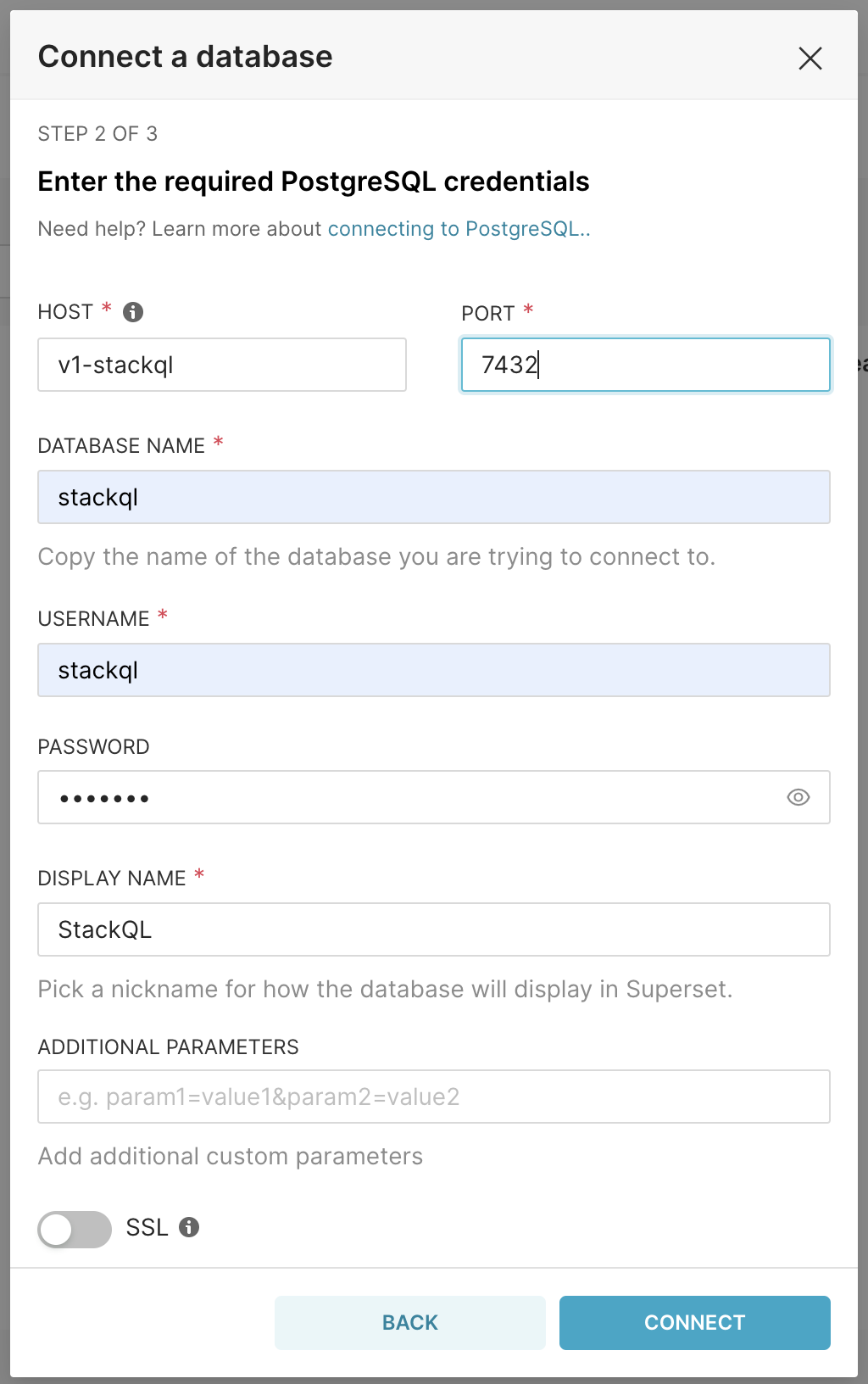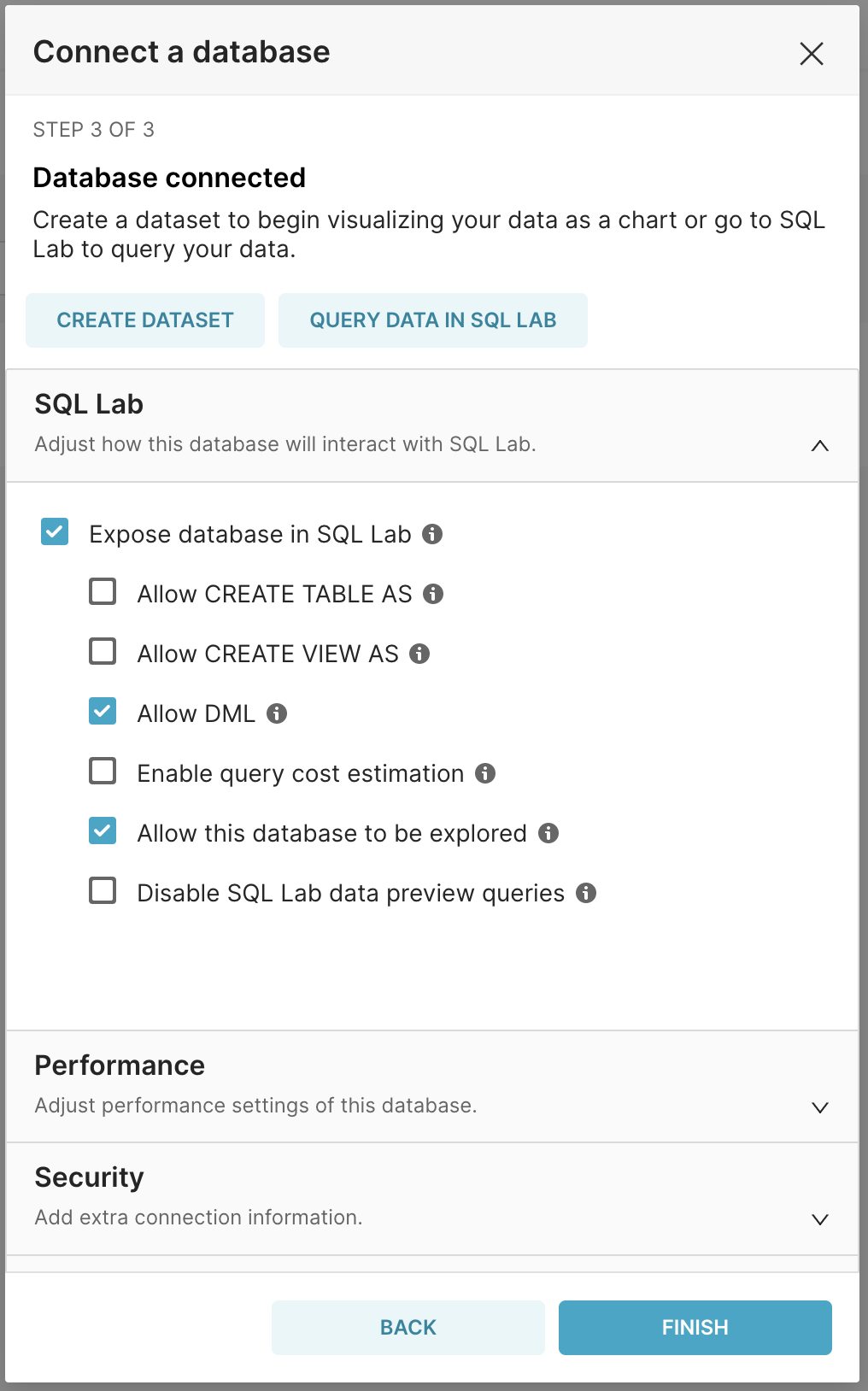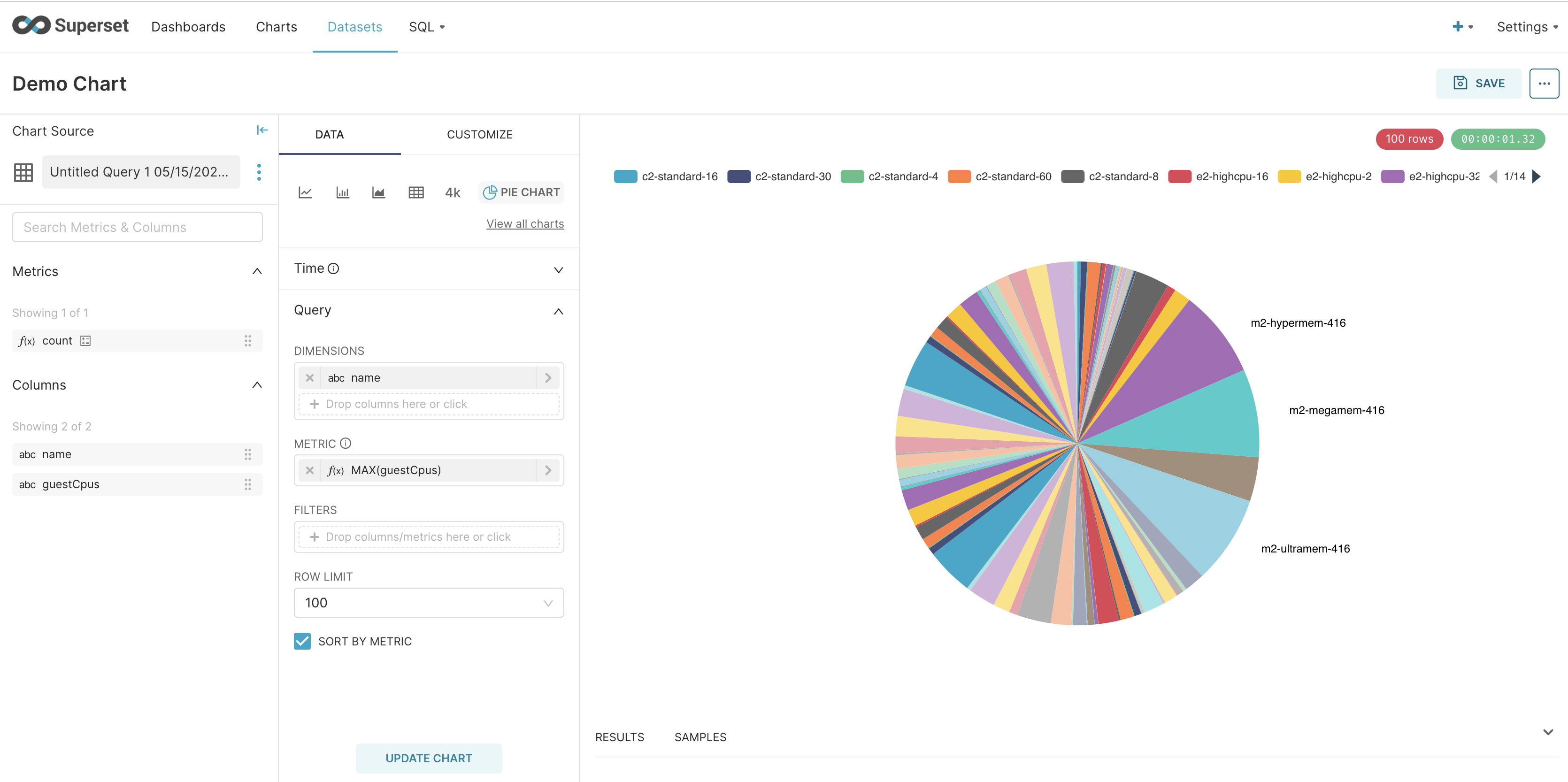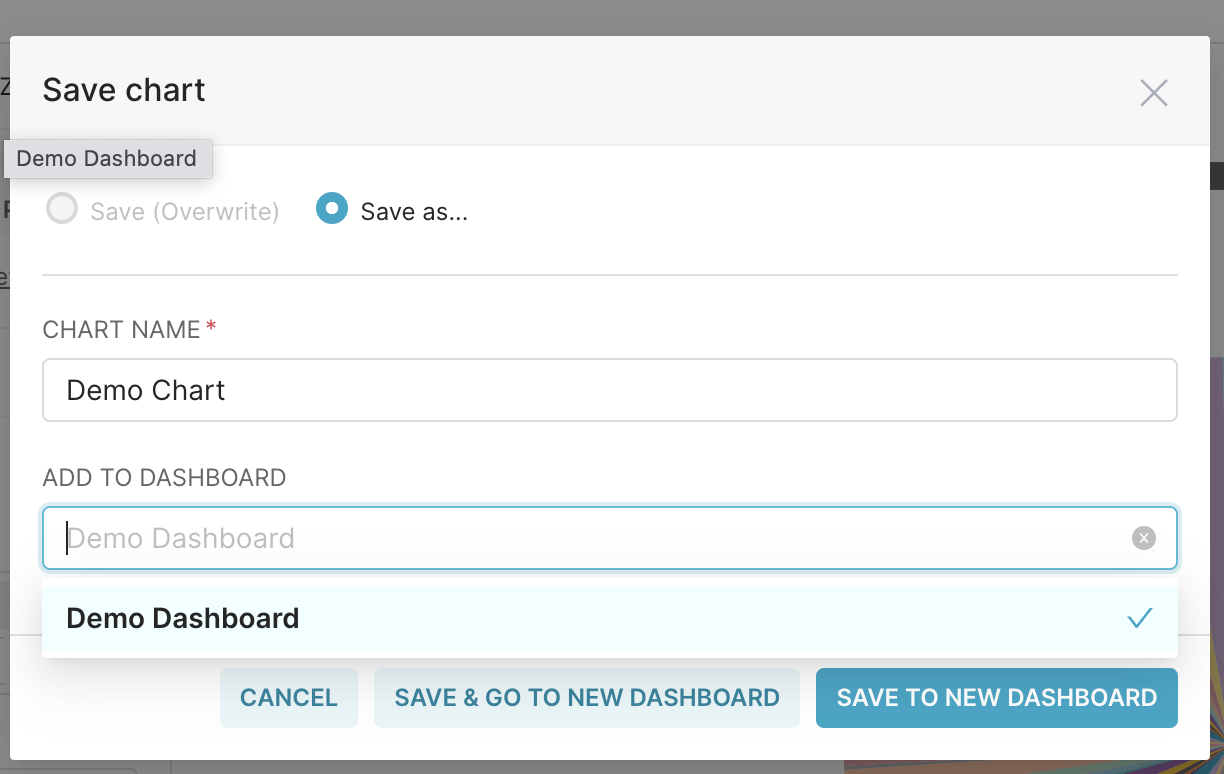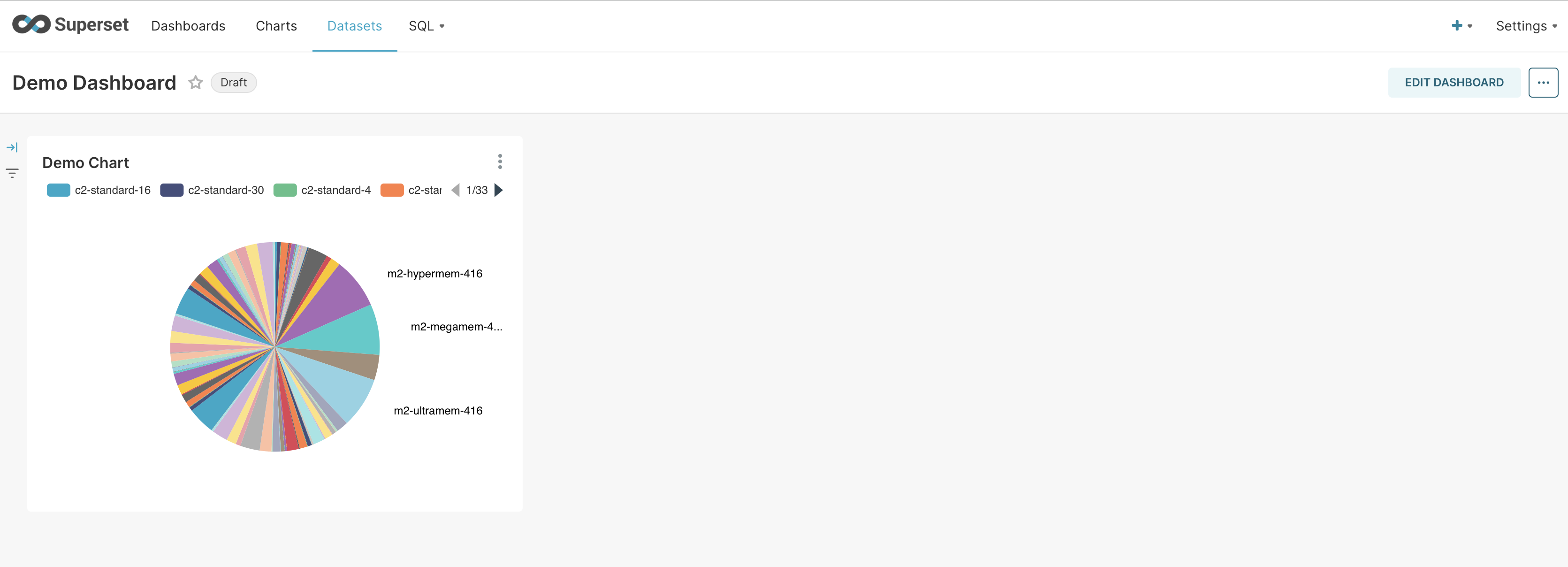Introducing Table Valued Functions in StackQL
Many provider query responses include columns which are arrays, the iam policy related resources in google are a classic example of this. for example, this query:
select *
from google.cloudresourcemanager.projects_iam_policies
where projectsId = 'stackql';
produces..
|-----------|--------------------------------------------------------------------------------------------------------------------------------------------------------------------------------------------|--------------|
| condition | members | role |
|-----------|--------------------------------------------------------------------------------------------------------------------------------------------------------------------------------------------|--------------|
| null | ["serviceAccount:1234567890-compute@developer.gserviceaccount.com","serviceAccount:1234567890@cloudservices.gserviceaccount.com","serviceAccount:stackql@appspot.gserviceaccount.com"] | roles/editor |
|-----------|--------------------------------------------------------------------------------------------------------------------------------------------------------------------------------------------|--------------|
| null | ["serviceAccount:1234567890-compute@developer.gserviceaccount.com","serviceAccount:1234567890@cloudservices.gserviceaccount.com","serviceAccount:stackql@appspot.gserviceaccount.com"] | roles/editor |
|-----------|--------------------------------------------------------------------------------------------------------------------------------------------------------------------------------------------|--------------|
| null | ["serviceAccount:1234567890-compute@developer.gserviceaccount.com","serviceAccount:1234567890@cloudservices.gserviceaccount.com","serviceAccount:stackql@appspot.gserviceaccount.com"] | roles/editor |
|-----------|--------------------------------------------------------------------------------------------------------------------------------------------------------------------------------------------|--------------|
What you want to do is unnest each member in members for each role binding (and condition if applicable)
Enter the table valued function json_each.
The json_each function accepts a field (optionally with a json path expression) and returns a table object with fields that can be projected in your result set, for example (querying the same underlying resource as above), this...
select
iam.role,
SPLIT_PART(json_each.value, ':', 1) as member_type,
SPLIT_PART(json_each.value, ':', 2) as member
from google.cloudresourcemanager.projects_iam_policies iam, json_each(members)
where projectsId = 'stackql';
now provides something much more useful from an analytic perspective:
|--------------------------------------|----------------|-----------------------------------------------------------------------------|
| role | member_type | member |
|--------------------------------------|----------------|-----------------------------------------------------------------------------|
| roles/appengine.serviceAgent | serviceAccount | service-1234567890@gcp-gae-service.iam.gserviceaccount.com |
|--------------------------------------|----------------|-----------------------------------------------------------------------------|
| roles/cloudbuild.builds.builder | serviceAccount | 1234567890@cloudbuild.gserviceaccount.com |
|--------------------------------------|----------------|-----------------------------------------------------------------------------|
| roles/cloudbuild.serviceAgent | serviceAccount | service-1234567890@gcp-sa-cloudbuild.iam.gserviceaccount.com |
|--------------------------------------|----------------|-----------------------------------------------------------------------------|
| roles/compute.serviceAgent | serviceAccount | service-1234567890@compute-system.iam.gserviceaccount.com |
|--------------------------------------|----------------|-----------------------------------------------------------------------------|
| roles/container.serviceAgent | serviceAccount | service-1234567890@container-engine-robot.iam.gserviceaccount.com |
|--------------------------------------|----------------|-----------------------------------------------------------------------------|
| roles/containerregistry.ServiceAgent | serviceAccount | service-1234567890@containerregistry.iam.gserviceaccount.com |
|--------------------------------------|----------------|-----------------------------------------------------------------------------|
| roles/dataflow.serviceAgent | serviceAccount | service-1234567890@dataflow-service-producer-prod.iam.gserviceaccount.com |
|--------------------------------------|----------------|-----------------------------------------------------------------------------|
| roles/dataproc.serviceAgent | serviceAccount | service-1234567890@dataproc-accounts.iam.gserviceaccount.com |
|--------------------------------------|----------------|-----------------------------------------------------------------------------|
| roles/editor | serviceAccount | 1234567890-compute@developer.gserviceaccount.com |
|--------------------------------------|----------------|-----------------------------------------------------------------------------|
| roles/editor | serviceAccount | 1234567890@cloudservices.gserviceaccount.com |
|--------------------------------------|----------------|-----------------------------------------------------------------------------|
| roles/editor | serviceAccount | stackql@appspot.gserviceaccount.com |
|--------------------------------------|----------------|-----------------------------------------------------------------------------|
| roles/firebaserules.system | serviceAccount | service-1234567890@firebase-rules.iam.gserviceaccount.com |
|--------------------------------------|----------------|-----------------------------------------------------------------------------|
| roles/firestore.serviceAgent | serviceAccount | service-1234567890@gcp-sa-firestore.iam.gserviceaccount.com |
|--------------------------------------|----------------|-----------------------------------------------------------------------------|
| roles/owner | serviceAccount | stackql-provisioner@stackql.iam.gserviceaccount.com |
|--------------------------------------|----------------|-----------------------------------------------------------------------------|
| roles/owner | serviceAccount | t1-804@stackql.iam.gserviceaccount.com |
|--------------------------------------|----------------|-----------------------------------------------------------------------------|
| roles/owner | user | javen@stackql.io |
|--------------------------------------|----------------|-----------------------------------------------------------------------------|
| roles/owner | user | krimmer@stackql.io |
|--------------------------------------|----------------|-----------------------------------------------------------------------------|
| roles/pubsub.serviceAgent | serviceAccount | service-1234567890@gcp-sa-pubsub.iam.gserviceaccount.com |
|--------------------------------------|----------------|-----------------------------------------------------------------------------|
| roles/viewer | serviceAccount | testing-admin@stackql.iam.gserviceaccount.com |
|--------------------------------------|----------------|-----------------------------------------------------------------------------|
__json_each__is available from version 0.5.418 or stackql onwards, this function can also be used in StackQL GitHub Actions such as stackql-exec or stackql-assert and in Python and Pandas using pystackql.
